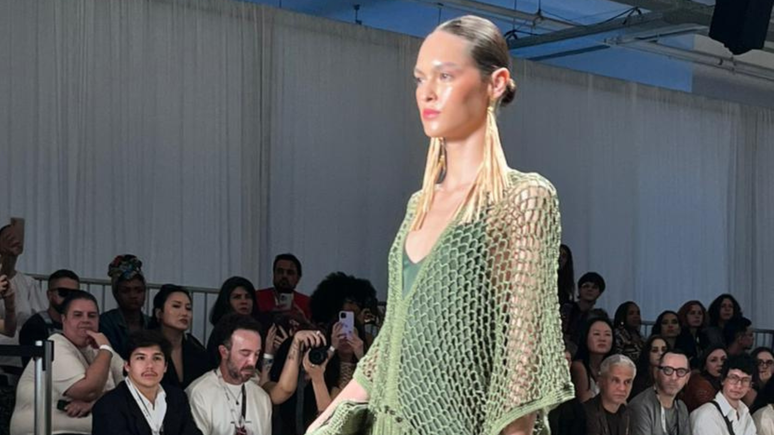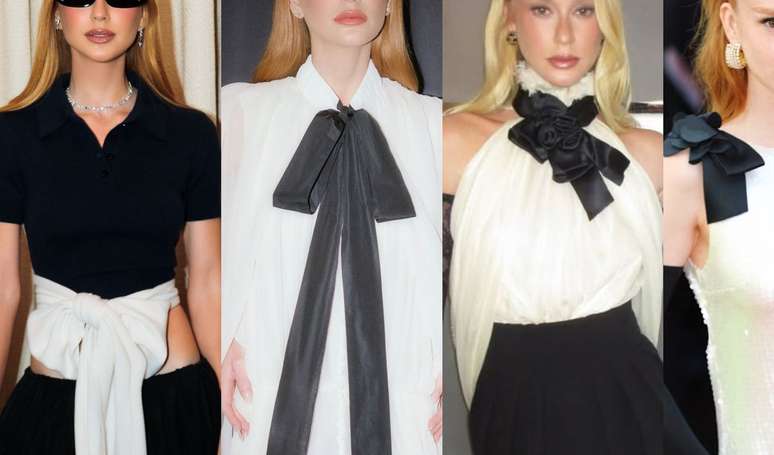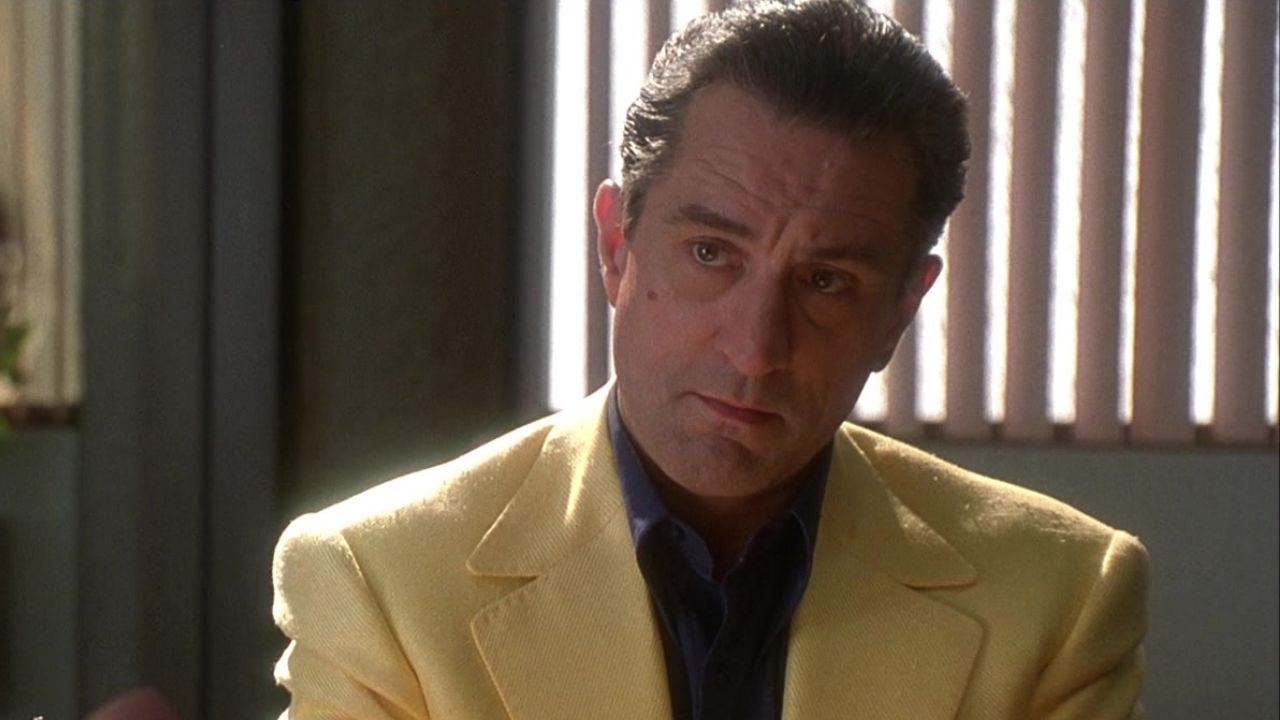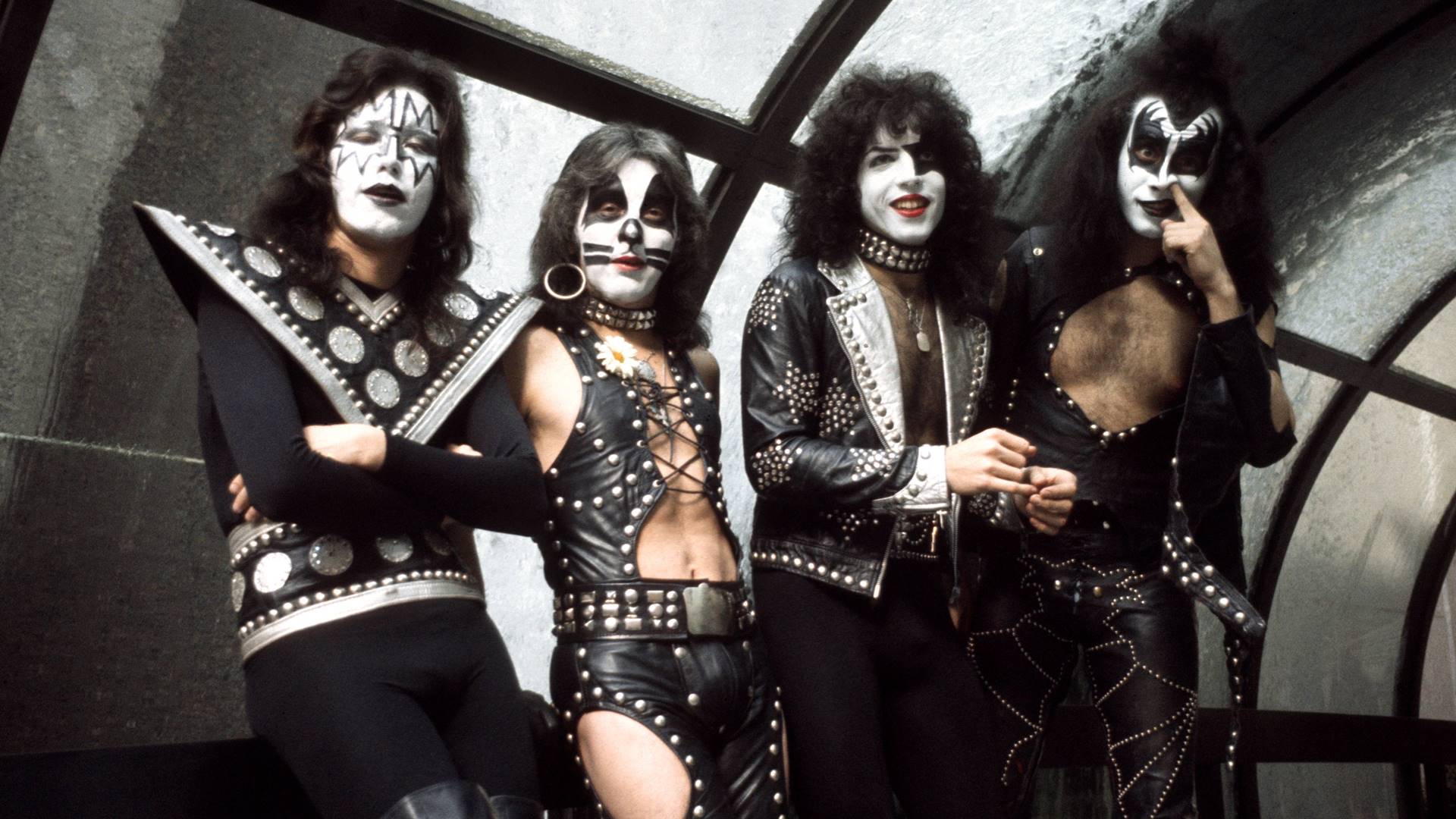It’s not as crazy as it may seem: in the 30s of the last century in Italy, clothes were sewn from fabrics made from whole milk. The fiber was called lanital and it was warm, smooth and cheap to make, and could still be used today, if not for a “but”.
In 1909, Italian scholar Filippo Tommaso Marinetti published his Radical Futurist Manifesto, a document in which praise of technological breakthrough ignited the Italian Futurist movement and called for innovation and decisive action. Fashion was the passion of the futurists – of course, because it was in Italy!
They wanted manufacturers to make clothes from new materials such as paper, cardboard, glass, foil, aluminum, rubber, fish skin, hemp, and gas. In 1920, the Futurist Women’s Fashion Manifesto added a new material to this list: milk. At the beginning of the 20th century, the German chemist Frederick Todtenhaupt was already trying to make threads from milk casein, but he had neither the patience nor the resources.
But Marinetti’s ideas found an influential patron – dictator Benito Mussolini. He dreamed of creating all sorts of artificial materials – in his opinion, this approach made Italy invulnerable in wars.
The large Italian factory SNIA Viscosa became the base for experiments. This is where the fiber was made, which is still used today – viscose, “paper” silk. In 1929, the country became the first producer of this material in the world.
ADVERTISEMENT – CONTINUED BELOW







![Tomorrow Belongs to Us: What’s in store for Friday 17 October 2025 Episode 2055 [SPOILERS] Tomorrow Belongs to Us: What’s in store for Friday 17 October 2025 Episode 2055 [SPOILERS]](https://fr.web.img5.acsta.net/img/96/95/96957c8eef9a3bd87daf877432629ae3.jpg)

